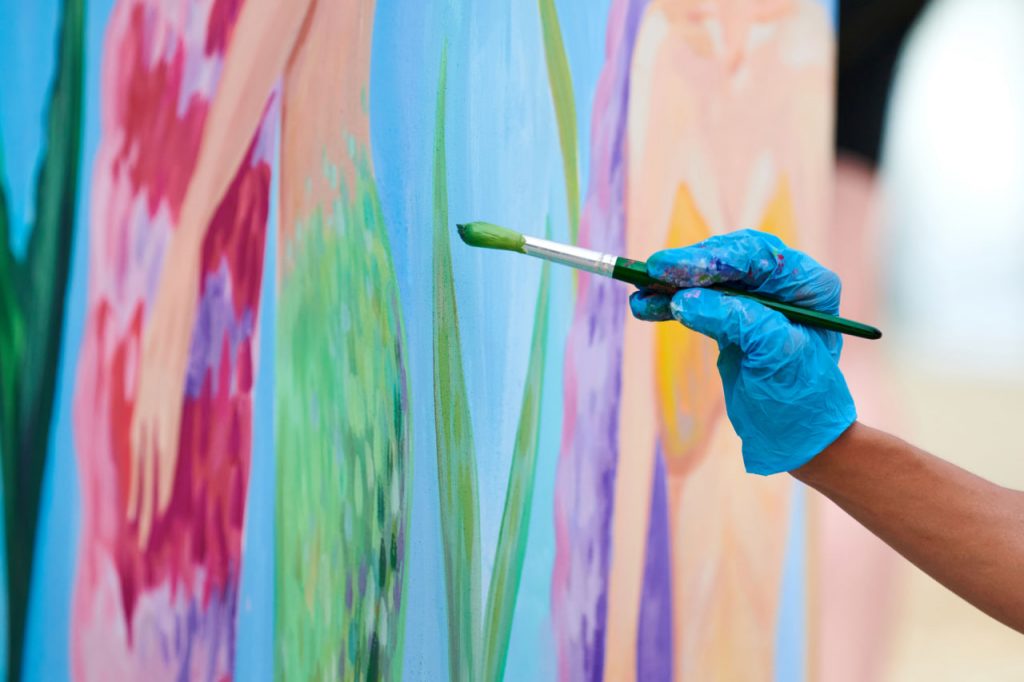For centuries, artists were told what “good art” should look like — realistic proportions, perspective, symmetry, clear subjects. Creativity was boxed in, confined by technique and tradition. But then came abstract art — and with it, freedom.
Abstract art broke the rules. Boldly. Loudly. Unapologetically. And in doing so, it opened a new dimension in the art world — one where emotion beats realism, and personal truth matters more than technique.
So, why does abstract art thrive on rebellion? And what does that mean for your journey as an artist?
The History of Rebellion
When artists like Kandinsky, Malevich, and Pollock began to paint outside the lines — quite literally — they were met with confusion and criticism. “Where are the people?” “What is this supposed to be?” “My child could do that.”
But these artists weren’t trying to please critics. They were chasing something deeper: expression without boundaries. For them, rebellion wasn’t just aesthetic — it was philosophical. They weren’t painting what the world looked like. They were painting what it felt like.
Their courage created space for generations of artists to explore, experiment, and invent — without needing permission.
Why Rules Can Limit Creativity
Learning artistic rules can be valuable. They give us structure, clarity, tools. But they can also become walls — especially when we begin to fear “doing it wrong.”
In abstract art, rules aren’t discarded blindly — they’re challenged consciously.
This is your chance to ask:
- What happens if I paint without a plan?
- What if I stop trying to make it pretty — and just make it real?
- What if the mess is the message?
Once you stop chasing perfection, creativity flows in unexpected, beautiful ways. Rebellion becomes liberation.
Your Mistakes Become Magic
In traditional art, a mistake might be a wrong proportion or misplaced shadow. In abstract art? A “mistake” is often the most interesting part.
Maybe your brush slips and creates a bold streak. Maybe the colors bleed in ways you didn’t intend. Instead of correcting, abstract artists respond. They work with the unexpected. They let the painting evolve — like a conversation, not a blueprint.
This mindset shift — from control to curiosity — transforms not only your art, but your mindset.
The Power of Personal Truth
Rebellion in abstract art isn’t about being loud for the sake of it. It’s about authenticity. Your truth might not be neat or polished — but it’s powerful. And abstract art gives you the space to express that truth without filters.
When you break away from external expectations, you start asking deeper questions:
- What does my voice look like?
- What am I trying to say — without words?
- What colors, textures, movements feel like me?
And as your truth takes shape on canvas, you not only become an artist — you become free.

